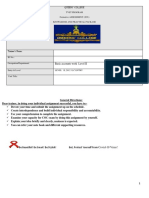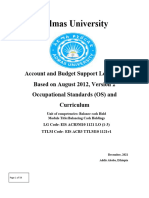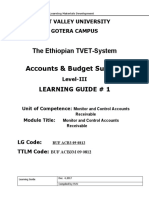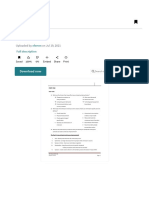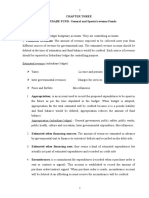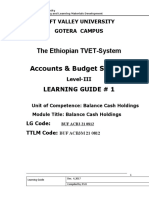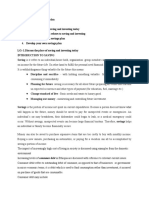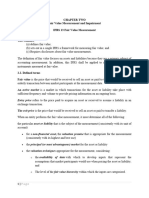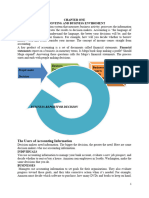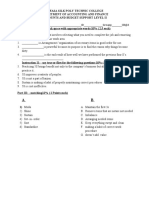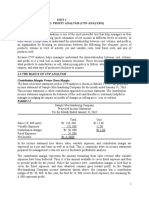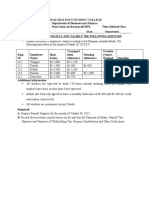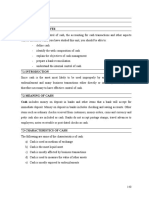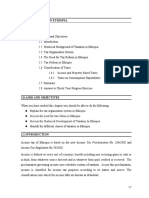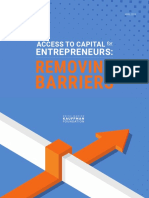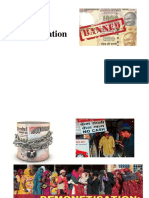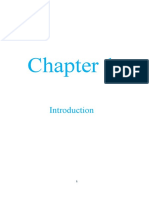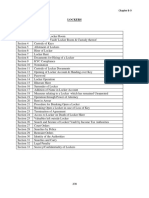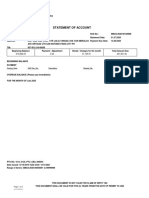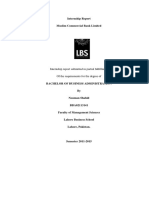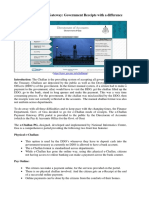0% found this document useful (0 votes)
937 views24 pagesDevelop Use Saving Plan
Occupational Standard: Basic Account Works Level II outlines a unit for developing and using a savings plan. The unit describes identifying savings goals, understanding risk and return, developing a personal savings plan, and implementing the plan. Performance criteria include discussing the importance of savings, analyzing attitudes toward savings, explaining risk and return, determining an individual's risk profile, identifying savings goals, developing a personal budget and savings plan, researching account requirements, and opening and monitoring savings accounts.
Uploaded by
Nigussie BerhanuCopyright
© © All Rights Reserved
We take content rights seriously. If you suspect this is your content, claim it here.
Available Formats
Download as DOCX, PDF, TXT or read online on Scribd
0% found this document useful (0 votes)
937 views24 pagesDevelop Use Saving Plan
Occupational Standard: Basic Account Works Level II outlines a unit for developing and using a savings plan. The unit describes identifying savings goals, understanding risk and return, developing a personal savings plan, and implementing the plan. Performance criteria include discussing the importance of savings, analyzing attitudes toward savings, explaining risk and return, determining an individual's risk profile, identifying savings goals, developing a personal budget and savings plan, researching account requirements, and opening and monitoring savings accounts.
Uploaded by
Nigussie BerhanuCopyright
© © All Rights Reserved
We take content rights seriously. If you suspect this is your content, claim it here.
Available Formats
Download as DOCX, PDF, TXT or read online on Scribd
/ 24
